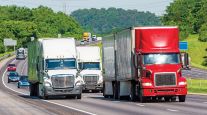Staff Reporter
Dual Biden Laws Give EPA Expanded Powers, Official Says
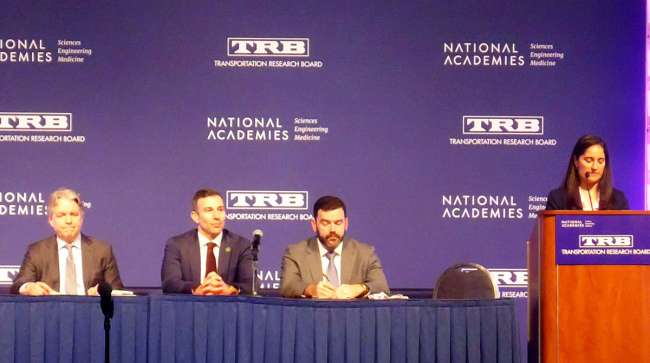
[Stay on top of transportation news: Get TTNews in your inbox.]
WASHINGTON — Two Biden administration-backed laws are enabling the U.S. Environmental Protection Agency “for the first time” to expand its Clean Air Act authorities to transform the trucking industry through stricter proposed greenhouse gas emission regulations, a top EPA official revealed in a transportation meeting.
Joe Goffman, EPA principal deputy assistant administrator, described how the bipartisan infrastructure law of 2021 and the Inflation Reduction Act of 2022 have enabled the agency to have “at our disposal for the first time in our history” additional regulatory powers as “ingredients for success” in working with the departments of Transportation and Energy to advance Biden’s plan to propel the nation from fossil fuel-powered vehicles to zero-emission ones.
Goffman’s remarks were part of a Jan. 8 panel discussion called the “U.S. Department of Transportation: National Blueprint for Transportation Decarbonization at One Year” during the Transportation Research Board Annual Meeting.
Cooperation among federal agencies was a major theme among panelists that included Carlos Monje, U.S. Department of Transportation undersecretary of transportation policy, and Jeff Marootian, U.S. Department of Energy principal deputy assistant secretary.

The remarks focused on last year’s progress to revolutionize national transportation and energy sectors to achieve by 2030 zero-emission vehicle goals and decarbonize international shipping. The moderator of the question-and-answer session was Ann Shikany, DOT’s deputy assistant secretary for policy.
Goffman repeatedly emphasized that the Inflation Reduction Act provided EPA with “additional opportunities” beyond the bipartisan infrastructure law that, when combined with traditional Clean Air Act powers, have enabled it to expand its scope in proposing two new rules last April aimed at trucking emissions.
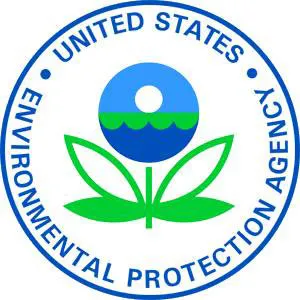
“We’re using a very traditional set of tools and applying them for the first time in a policy environment where the toolbox is much expanded and the different parts of the toolbox can work in a synergistic way in what we’ve never been able to take advantage of before,” he said.
He cited, as examples of EPA’s new powers “in its rulemaking compartment of our toolbox,” the following proposed rulemakings from last year:
- “Multi-Pollutant Emissions Standards for Model Years 2027 and Later Light-Duty and Medium-Duty Vehicles” to phase in new stricter emissions standards for model years 2027 through 2032. Other new standards would control refueling emissions from incomplete medium-duty vehicles and impose battery durability/warranty requirements for light-duty and medium-duty plug-in vehicles.
- “Greenhouse Gas Emissions Standards for Heavy-Duty Vehicles — Phase 3” also would create new GHG standards for heavy-duty highway vehicles starting in model year 2028 through 2032. It also seeks to revise GHG standards for model year 2027 established under a Phase 2 rule. Other new provisions are adding warranty requirements for batteries and other zero-emission vehicle components plus requiring customer-facing battery state-of-health monitors for plug-in hybrid and battery-electric vehicles.
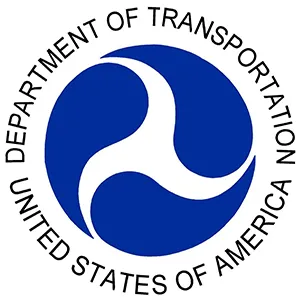
“I would characterize us as being in a situation where we have both our traditional legal authorities [the Clean Air Act] brought to play, and we can tie those traditional authorities to well-developed, long-standing practices in a way that can result in a transformational outcome thanks to our [new Biden] policies and federal partners,” Goffman said, adding that the vehicle manufacturers are playing a role, too.
A review of EPA’s Heavy-Duty Vehicle proposed rulemaking listed in the Federal Register (Vol. 88, No. 81) says the proposal “builds upon this multidecadal tradition of regulating heavy-duty vehicles and engines by applying the agency’s clear and long-standing statutory authority considering new real-world data and information, including recent congressional action in the Bipartisan Infrastructure Law and Inflation Reduction Act.”
However, the few statements that mention the inflation act primarily are devoted to financial incentives to spur the use of electric vehicles.
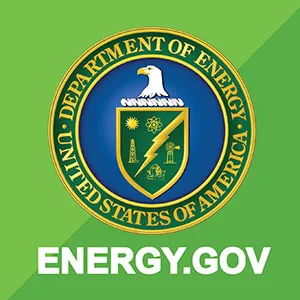
But EPA more clearly linked the Inflation Reduction Act to its expanded authorities in the Light-Duty and Medium-Duty Vehicles proposed rulemaking, also outlined in the Federal Register (Vol. 88, No. 87). The agency stated that the Inflation Reduction Act ‘‘reinforces the long-standing authority and responsibility of [EPA] to regulate GHGs as air pollutants under the Clean Air Act.’’ Further, EPA contends the Inflation Reduction Act also “clearly and deliberately instructs EPA to use’’ this authority by ‘‘combin[ing] economic incentives to reduce climate pollution with regulatory drivers to spur greater reductions” under the Clean Air Act.
In this special year-in-review episode, we delve into the journey and future of alternative fuel trucks. How are they paving the way for a greener 2024? Tune in above or by going to RoadSigns.ttnews.com.
Also, EPA stated that the Inflation Reduction Act affirmed Congress’ previous statements that non-internal combustion engine technologies will be a key to lowering transportation emissions, and Congress provided many significant financial incentives for plug-in electric vehicles and necessary infrastructure. “Congress expects that future EPA regulations will increasingly rely on and incentivize zero-emission vehicles as appropriate,” it added.
During the discussion, Goffman said EPA, for its analysis of the proposed rules, relied on input from DOT’s expertise in fuel economy and DOE’s ability to provide technical assessments.
The Biden administration’s goal of decarbonizing emissions has offered EPA “the task of transforming technology” as well as providing close opportunities for interagency collaboration, he said.
Want more news? Listen to today's daily briefing below or go here for more info:





